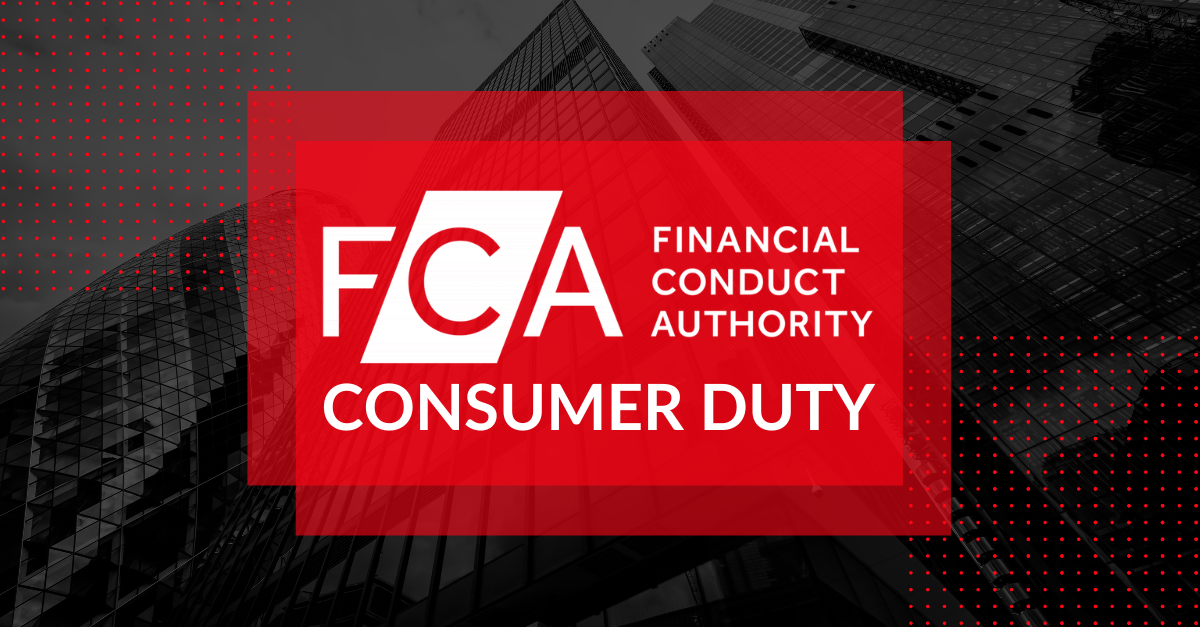Advice from a Workforce Management Expert on Reducing Agent Turnover
Advice from a Workforce Management Expert on Reducing Agent Turnover

It may come as no surprise to you that contact centre leaders still cite agent turnover as their No. 1 challenge.1 Despite concerted efforts by many organisations to deploy dedicated workforce management (WFM) initiatives to combat agent attrition, the 2016 U.S. Contact Centre Decision Makers’ Guide estimated the average term for a customer service representative to be 3.3 years.2 And 60 percent of the turnover rate is from agents quitting.3
So what’s happening? Are contact centres rolling out the wrong programmes? Is it simply impossible to engage and retain agents nowadays? Or is it something else altogether?
I recently sat down with Calabrio’s in-house WFM expert Kat Worman to pick her brain on these questions and find out what advice she gives contact centre leaders based on what she has seen be successful in the field. Here’s what Kat had to say.
Kat, thanks so much for taking the time to speak with me about this important topic. First of all, what have you seen in your experience as the top causes of contact centre agent attrition?
Happy to do it, Rebecca!
In answer to your question, I really see three core factors causing agents to leave their contact centres.
The first two are the things ultimately most important to the agent: when they’re working and when they’re not working. Work-life balance is incredibly important to today’s agents—many of whom are millennials—so if a company makes it difficult for them to select shifts that fit within their personal work-life parameters or get time off when they need it, they’ll seek work elsewhere.
Thirdly, the leadership that runs the contact centre is extremely important. We’ve all heard the adage “People don’t quit their jobs, they quit their bosses,” and that statement is totally true for contact centre agents as well.
Is there a link between agent turnover and agent absenteeism?
Absolutely. In fact, agent absenteeism is often an early indicator that an agent might be reaching the point of no return, the point where he or she begins to look for another job.
That’s because all of it is circular. If I’m an agent and I can’t easily get the schedules I need or want to work, my absenteeism is going to be higher. Even if I’m a great agent, if my workload gets to be too much, I’ll probably call out more. I’ve often seen agents who used to call out only once every 2-3 months begin calling out monthly and then leave the organisation shortly after.
Another early indicator of an agent who might be at risk of leaving is that you’ll see a sharp decrease in productivity. Someone who used to be one of your best agents gets sloppy. Someone who used to have good adherence now doesn’t meet his or her goals. Someone who used to receive high customer satisfaction scores now has scores trending downward.
That totally makes sense. Now, you have a ton of contact centre experience, both as a leader and a consultant. Which strategies have you seen contact centres implement that have been most successful in combatting agent turnover?
Some tactics that work best aren’t a big surprise—offering agents flexible scheduling options, for instance.
But I’ll always remember what one of my clients told me when I was a consultant way back when. This client enjoyed such high agent retention that they rarely lost anyone. Her advice? She said it’s the little things that matter. Be transparent. As long as all agents understand the contact centre’s direction and goals, they’re empowered to do a good job. It’s when contact centres get into the cattle-call mentality—“if you don’t want to work this job, we’ll find someone who will”— when they get into trouble.
There are, however, other tactics that work but are more nebulous. You know, back in the day, contact centres used to be all about rules, and that approach worked for them at that time. For example, average handle time (AHT) was a key metric, and call “quality” was measured using a checklist of must-have’s for which managers would listen. But that rigid approach doesn’t work anymore. Coaching is not so rule-oriented anymore, and agents refuse to be treated like a dime a dozen—they want to be treated like the skilled individuals that they are.
So, today, retaining agents means looking at alternative ways agents can gain the work-life balance they crave while also meeting the staffing, scheduling and productivity needs of their contact centre. Leaders are starting to give agents “lanes” to work within, instead of hard and fast rules they must follow. When it comes to quality, leaders, for example, appraise agents based upon how respectful they were of the customer’s time, rather than if they greeted the customer properly. And many contact centres don’t even focus on single AHT or adherence numbers as targets anymore—instead, they give agents ranges.
Let’s look at the other side of the coin now. Are there agent retention strategies contact centres should avoid at all costs because they’ve been proven ineffective?
No, not necessarily. Contact centres obviously still need to monitor and measure productivity. An agent that’s really good on the phone but only takes two calls per day is not going to help me as a contact centre leader—what I need are agents who take 10 calls per day and deliver excellent quality.
What contact centre leaders need to do is implement strategies to ferret out their better agents, then use additional performance metrics to gain a more holistic understanding of those people, including what will work to properly engage and retain them.
Speaking of engaging agents—we hear a lot about contact centre gamification nowadays. Do agent gamification programmes actually help reduce turnover? Why or why not?
Whether gamification will work for you really depends on your contact centre and how you use it.
Gamification is an incentive like anything else, so it needs to motivate the right people in the right way. If I’m trying to incent part-time people with the lure of time off, that’s not going to work. And if I’m trying to incent higher-ranking people with free lunch, that’s probably not going to work either. Whether any incentive—including gamification—works depends on what you’re trying to achieve and who you’re targeting with your programme. You need to have the right incentives to motivate the target audience to achieve whatever milestones you want them to meet.
Thanks, Kat, these are all great insights. Is there anything else you’d like to add?
One last thing I’d like to emphasise is that the contact centre agent’s job is no longer a simple one. Thanks to self-service portals, most customers can get answers to easy questions themselves. So, when they do reach out to a contact centre, it’s usually because they have a complicated issue or topic they can’t resolve on their own. These types of inquiries can be very taxing on the agents that handle them, day in and day out. As a result, whatever you can do to re-energise, motivate, and show appreciation to your agents will go a long way toward retaining them.
1 Contact Centre Pipeline, “Agent Turnover Still No. 1 Challenge for Contact Centres.” May 11, 2017. [link in case you need it: https://blog.contactcentrepipeline.com/2017/05/agent-turnover-still-no-1-challenge-for-contact-centres/]
2, 3 VentureBeat, “How AI can Reduce Agent Turnover at Support Centres.” Nov. 9, 2017. [link in case you need it: https://venturebeat.com/2017/11/09/how-ai-can-reduce-agent-turnover-at-support-centres/]









